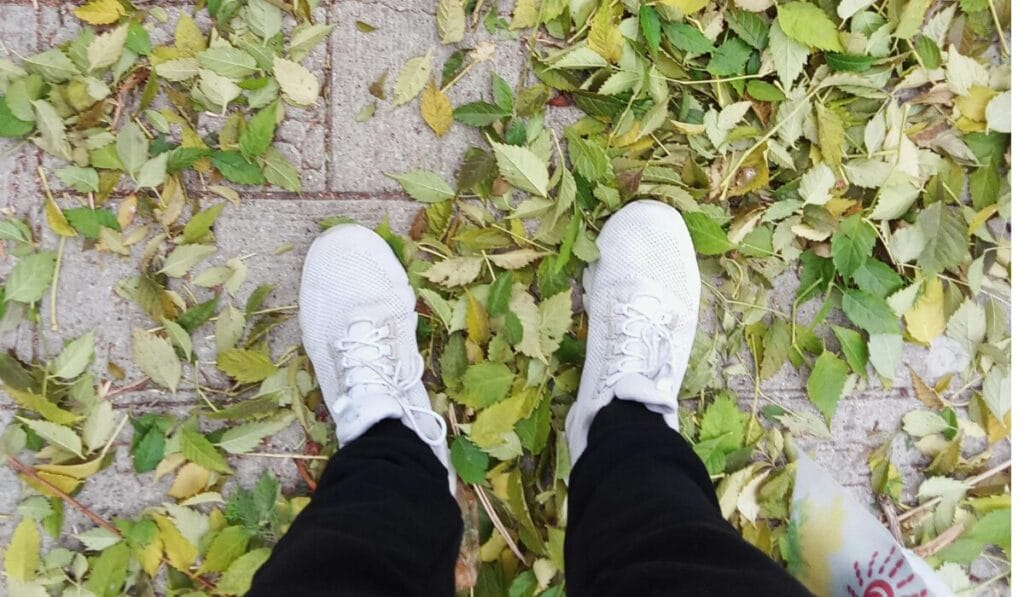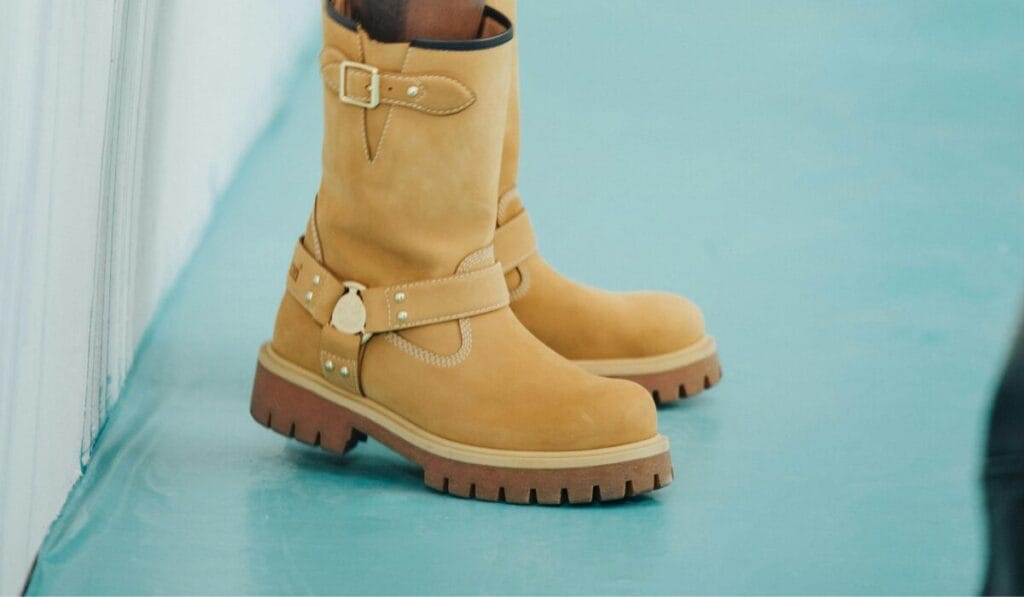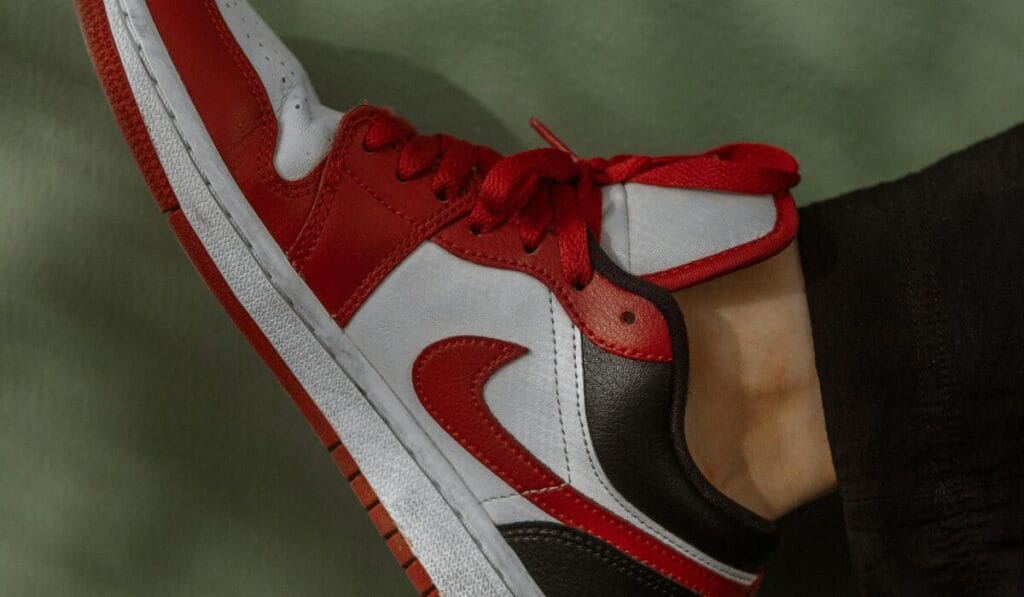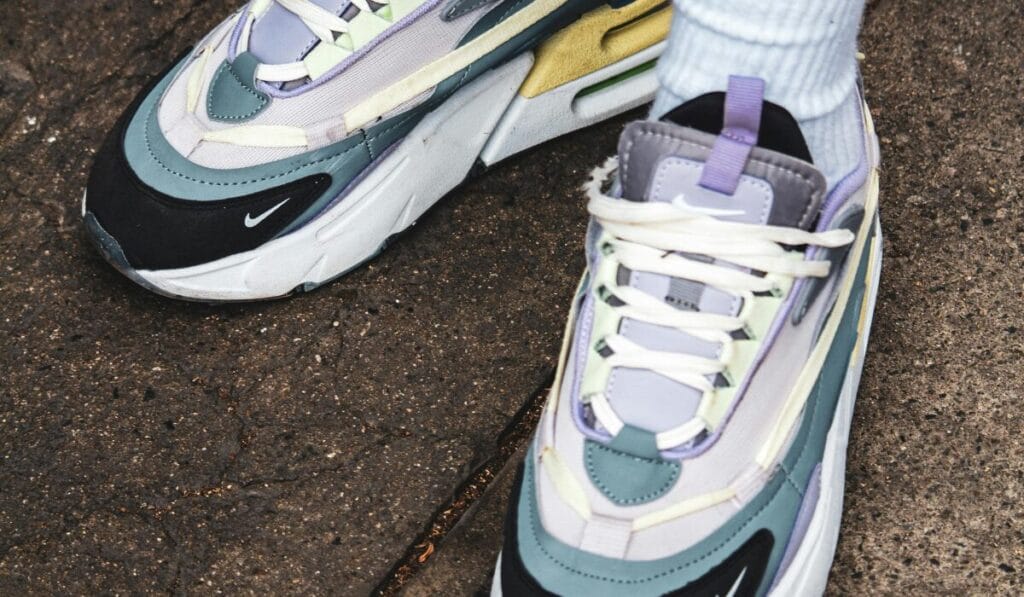What walking shoes do podiatrists recommend?
Podiatrists recommend shoes that provide comfort to the feet and reduce the risk of pain and injury, such as shoes with arch support, cushioning, a wide toe box, and heel support. Podiatrists-approved shoes include New Balance, Brooks, Asics, Hoka, and OrthoFoot.
Podiatrists – medical professionals specializing in foot and ankle health also recommend that supportive, well-fitting running shoes can help alleviate discomfort, prevent injury, and address chronic problems. This blog is a deep dive into their features, best brands, and thinking, so dive into the ocean and read the entire blog.
Why is Choosing the Right Shoes Necessary
One of the simplest and low-impact exercises is walking, which is extremely beneficial for health. The wrong shoes can cause plantar fasciitis, bunions, blisters, joint pains, and other problems. Podiatrists also stress that running shoes should be worn that provide adequate arch support, cushioning, and a proper fit to reduce stress and maximize comfort if one does so.

Key Features Podiatrists Look for in Walking Shoes
1. Arch support
As everyone knows, there are different types of feet, but arch support is the specialty of walking shoes that provide support according to the type of arch of the foot – whether it is flat, normal, or high-arched. Proper arch support distributes weight evenly and fairly, reducing or nearly eliminating the risk of overpronation or supination, which can cause discomfort or injury.
2. Best Cushioning
The experts like shoes that absorb impact and provide better cushioning to protect joints from stress, especially for those used to walking long distances or on hard surfaces.
3. Roomy Toe Box It’s Important
Shoes with a spacious toe box are best for preventing pain. This allows the fingers to move freely, reducing bunions, hammertoes, and other defects and hazards.
4. Breathable Material
A breathable foot material, such as a mesh or knitted upper, keeps feet cool and dry, eliminating the risk of blisters, calluses, and fungal infections.
5. Lightweight Feature
The step is easily matched with the lightweight shoe, and the same shoe is designed to reduce fatigue.
6. Firm Heel Counter
The heel counter stabilizes the foot and keeps the foot in its proper position, eliminating unnecessary movement, which helps to prevent blisters and injuries.

Experts suggested Brands
Here are a few brands you should know. What walking shoes do podiatrists recommend?
1. Brooks
Brooks is a good choice because of the comfort and support it provides. The Brooks Addiction Walker and Ghost Series need no introduction in popularity, offering strong cushioning and stability.
2. New Balance
The popular model for its unique size range is the New Balance. experts say some models like the New Balance 990 and 840 for arch support and durability.
3. Asics
Asic running shoes, such as Gel-Contend and Gel-Nimbus, are popular for their cushioning and shock absorption, making them ideal for those suffering from joint pain.
4. Hoka One One
Hoka shoes are also second to none in quality, known for their oversized midsoles and unique cushioning. The Hoka Bondi and Clifton models are often recommended for people who suffer from foot pain, plantar fasciitis, or any other problem, and this is the opinion of a podiatrist.
5. Saucony
Saucony walking shoes, like the Saucony Integrity Walker, offer a balance of support, cushioning, and flexibility that caters to a wide range of foot types
6. Orth feet
For those with specific foot conditions such as diabetes or arthritic feet, an Orthotist provides orthopedic walking shoes that provide comfort and pain relief. Suggested by a podiatrist.
Podiatrist-Recommendation for Specific Conditions
1. For Plantar Fasciitis
Plantar fasciitis is also a cause of heel pain and is often caused by poor footwear. Walking shoes with extra arch support and cushioning are recommended by pediatricians. Hoka, Brooks and Vivint, and similar and better brands are the best choice to eliminate this condition.
2. For Flat Feet
For people with flat feet, shoes with stability features are essential to prevent stress. New Balance and Brooks models with motion control features are ideal for the purpose they provide.
3. For High Arches
High arches desperately need running shoes with enough cushioning to absorb impact. Asics and Saucony offer new models with extra padding that cater to this foot type.
4. For Bunions
A wide toe box is essential for people with bunions. Orthofit and Huka shoes reduce pressure on the bunion area and provide the space they need.
Choosing the Perfect
While podiatrists’ recommendations are a great starting point, finding the perfect walking shoe involves some personal points:
- Get a Professional Fitting
- Consider Your Walking Style
- Test Before You Buy
- Replace Worn-Out Shoes

What Experts say?
Here are two quotes from doctors or podiatrists from the medical field, which give an idea of what type of shoes experts recommend.
D.R. Kaitlyn Laube Says
“You need shoes that keep your feet aligned and prevent them from getting stuck”, and his favorite walking and running shoes include New Balance, Asics, Brooks, and Hoka. D.R. Kaitlyn Laube Ward, DPM, FACFAS, DABPM, and ZenToes Medical Expert.
Source: InStyle.com
Dr. Michelle Butterworth, D.P.M.
Dr. Butterworth recommends that a good shoe should have a heel counter. Don’t be fooled by the look of the outside of the shoe, but try it on the inside to see how it feels. I advise most of my patients to use running shoes.
Source: EatingWell.com
Real Users Reviews
Review from Walmart
A verified user reviewed on Walmart that “I have three pairs of shoes that I wear all day, these are the best shoes I have ever had and I buy them on the advice of my podiatrist.”
Source: Walmart.com
Travel+Lisure platform
A user on Travelandleisure.com says about “Kuailu Orthotic Slides” that my podiatrist recommended these shoes to me because I complained to him about foot and toe pain. I can’t believe these shoes would be so comfortable because my foot pain is gone.
Source: Travel and Leisure.com
Conclusion
In summary, the best walking shoes are those that prioritize support, cushioning, and proper fit. Brands like Brooks, New Balance, Asics, and Hoka consistently receive podiatrist approval for their attention to foot health and comfort, a highly professional task. If you also want to enhance your walking experience and want to keep your feet healthy and pain-free, check out our detailed guide on the best walking shoes and choose the perfect pair according to your needs.
Walking is one of the easiest ways to keep your body moving. Consult a podiatrist if you have a specific foot problem, condition, and don’t forget to invest in shoes that support your journey for better health.
FAQs
Q1. Do podiatrists recommend Hoka shoes for walking?
Yes, podiatrists often recommend Hoka shoes for walking because the design of these shoes is superior, the sole is supportive, they reduce pressure on the joints, and they are especially good for people who have foot pain such as plantar fasciitis and bunions. However, when you are buying shoes, consider your needs.
Q.2 What shoes should I wear to a podiatrist?
When going to the podiatrist, wear the same shoes you wear in your daily routine or the shoes that hurt your feet. This will help the podiatrist understand what and why you have a problem and what the solution is.
Q.3 What walking shoes do podiatrists highly recommend?
Podiatrists highly recommend brands like Brooks, Hoka , and New Balance to their superior cushioning and support.
Q4. Are orthotics necessary for walking shoes?
No. Most podiatrist-recommended walking shoes come with excellent built-in support. However, for certain situations, there is nothing wrong with custom orthotics providing additional relief.
Q5. What features do podiatrists look for in a good walking shoe?
There are many features, but the main ones include: stress relief, comfort, excellent arch support, cushioned insoles, toe boxes, firm heel counters, and non-slip outsoles.
Q6. Do podiatrists recommend any specific brands?
Yes, there are many brands that podiatrists recommend because they have cushioning, better design, and conform to the foot, such as New Balance, Brooks, Asics, Hoka, and OrthoFoot, etc.
Q7. Can people with plantar fasciitis or flat feet use podiatry-recommended walking shoes?
Yes, absolutely. Flat feet and plantar fasciitis require shoes that reduce pain, and shoes that have arch support and cushioning can do this.

